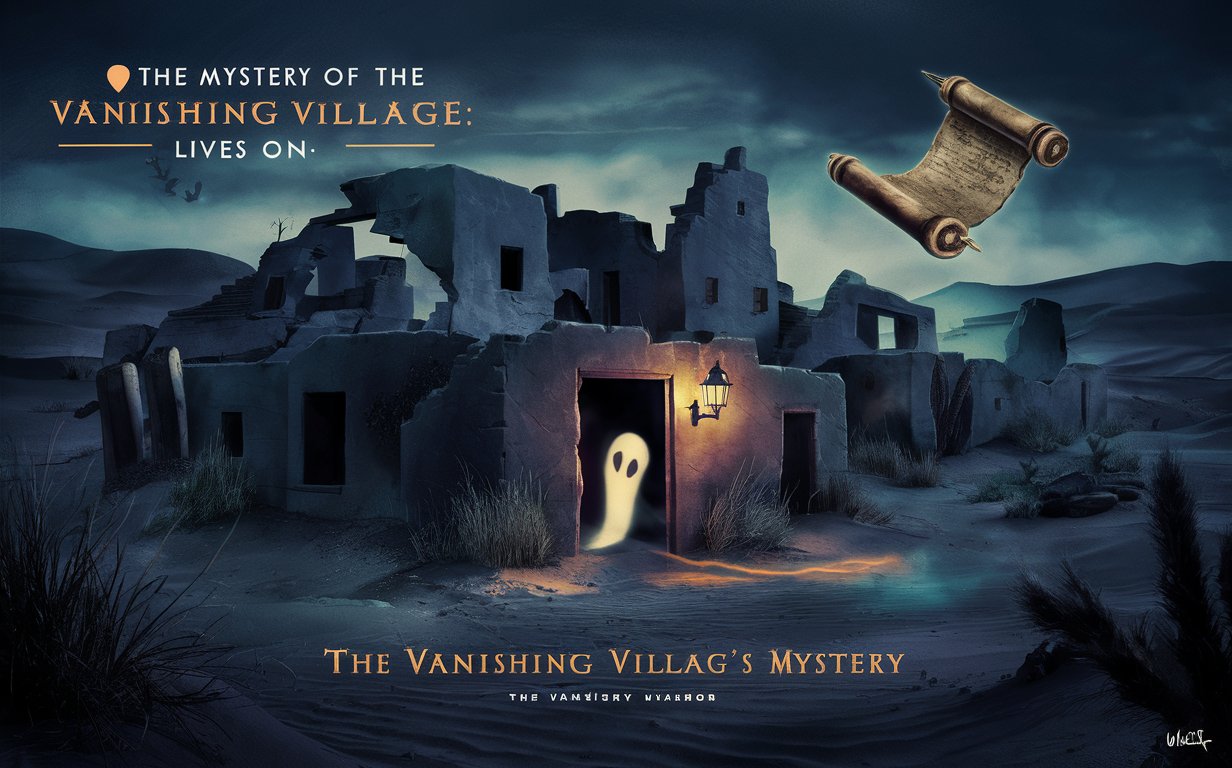The Secret Language of the Inuit: Unlocking the Mysteries of an Ancient Communication

The Inuit people, indigenous to the Arctic regions of North America, have a rich cultural heritage that is deeply intertwined with their language. The Inuit language, often referred to as Inuktitut in Canada, is a complex and fascinating system of communication. This language has been passed down through generations and is crucial for understanding the history, culture, and survival of the Inuit people. In this article, we will explore the secret language of the Inuit, how it functions, and why it remains such an essential part of their identity.
A Glimpse Into Inuit Culture
The Inuit are primarily found in Canada, Alaska, and Greenland, and their language plays a central role in their daily lives, survival strategies, and traditions. The language is often described as an oral tradition, passed from elders to younger generations and carrying with it not just communication, but the wisdom of surviving in one of the most challenging environments on Earth: the Arctic.
The Inuit language is not a single language but a family of languages spoken by Inuit groups across the Arctic. It is most commonly associated with Inuktitut, but there are also several related dialects depending on the region, including Inuinnaqtun and Kalaallisut. Despite the differences in dialects, all of these languages share a deep connection to the land, the people, and the unique lifestyle that sustains the Inuit culture.
The Structure of the Language
Inuktitut is a polysynthetic language, meaning it forms words by stringing together smaller units of meaning, called morphemes. This feature gives the language its richness and flexibility, allowing speakers to convey complex ideas in a single word.
For example, a word in Inuktitut might combine several elements to express an entire sentence in English. This allows for a more precise and concise form of communication, often focusing on what is most relevant to the Inuit way of life.
Morphemes and Verb Conjugation:
Inuit languages are known for their unique approach to verb conjugation. Instead of using simple verbs like “to go” or “to eat,” the Inuit language uses an intricate system of suffixes and prefixes to express tense, mood, and even direction. For instance:
- The verb for “to go” can change depending on whether the speaker is going toward or away from a specific location.
- A single word could describe not only the action but also how the action is happening (e.g., rapidly, slowly, intentionally, or accidentally).
Rich Vocabulary for Snow and Ice:
One of the most famous aspects of the Inuit language is its numerous words for snow. While the myth that there are hundreds of words for snow is somewhat exaggerated, Inuit languages do indeed have an extensive vocabulary related to snow, ice, and the natural environment. This is because the Inuit people needed to be able to describe various types of snow and ice conditions accurately for survival.
For example:
- “Aput” refers to snow on the ground.
- “Qanik” describes falling snow.
- “Pukak” is the snow that is crisp and powdery.
This rich lexicon reflects the Inuit’s deep connection with their environment and their need to navigate the Arctic landscape for hunting, traveling, and survival.
The Role of Oral Tradition
Unlike many languages around the world, the Inuit language did not have a written form until the arrival of European missionaries. For centuries, Inuit people relied on oral tradition to pass on knowledge. Stories, history, and survival skills were transmitted through storytelling, songs, and legends.
These oral traditions are vital, as they carry the collective wisdom of generations. Elders would often speak about the past, recounting tales of survival in harsh conditions and passing on skills for hunting and gathering. The spoken word not only preserved history but also formed a way of life, where values, morals, and identity were conveyed to future generations.
The Inuit’s relationship with their language is one of respect and preservation, as it embodies their heritage and is often seen as sacred. Many Inuit languages today are still learned primarily through oral tradition, although written forms have become more widespread in modern times.
Language and Survival
The Inuit language was designed, in part, to reflect the way people interacted with their environment. As hunters, the Inuit needed a highly specific vocabulary to describe the landscapes, animals, and weather conditions they encountered on a daily basis. The language also helped with survival by expressing critical instructions for hunting, building shelters, and tracking.
For example, the Inuit language has many specialized words for seals, reflecting their importance in Inuit culture. Different words describe the type of seal and the condition of the ice. Understanding and using these terms correctly was essential for a successful hunt.
In this way, the language became a tool of survival, ensuring that knowledge could be shared precisely and efficiently across generations, helping to navigate one of the harshest environments on the planet.
The Threat of Language Loss
Unfortunately, the Inuit language, like many indigenous languages worldwide, faces the threat of extinction. As more Inuit children grow up in urban areas, they are often raised speaking English or French, leading to a decline in the use of their native tongue.
In recent decades, efforts have been made to revive and protect the Inuit language, including the development of written forms, language immersion programs, and government initiatives. The Inuit Tapiriit Kanatami and other organizations are working tirelessly to ensure that the language is passed on to future generations, particularly through the use of technology and education.
The Secret Language’s Modern Role
Despite these challenges, the Inuit language remains a central part of Inuit identity today. It continues to be used in daily life across the Arctic regions, particularly in communities like Nunavut in Canada. In these areas, the Inuit language is used in schools, government documents, and media, and efforts to revitalize it are gaining momentum.
The language is also a source of pride for many Inuit people, as it represents their heritage and resilience. While globalization and modern technology may threaten its existence, the Inuit people’s deep connection to their language serves as a powerful reminder of the importance of cultural preservation.
Conclusion: A Language of Survival and Identity
The Inuit language is more than just a means of communication; it is a reflection of a people’s intimate relationship with their environment, history, and traditions. From its polysynthetic structure to its vast vocabulary about the Arctic landscape, the Inuit language is a living testament to the wisdom and adaptability of the Inuit people.
As the world continues to change, the secret language of the Inuit remains a powerful symbol of their strength, their connection to the land, and their ongoing efforts to preserve and protect their cultural heritage. Despite the challenges it faces, the Inuit language endures—living on in the hearts and minds of those who speak it and pass it on to future generations.



Post Comment